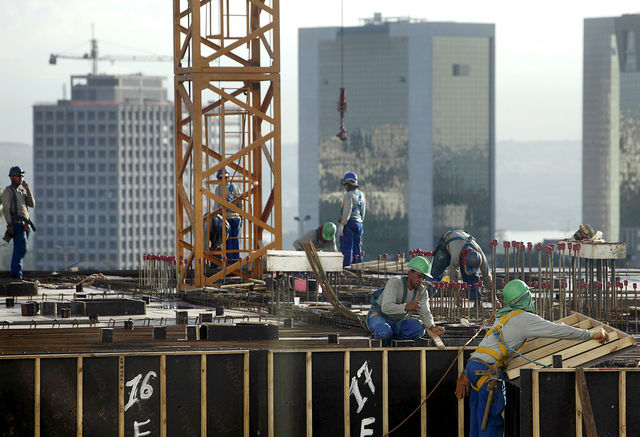While Panama continues to make noise about the need for professional workers and easing immigration for those who want to move here and get a work permit, I hear that it is still difficult and not what it was made out to be. Brazil on the other hand has seen a flood of foreign workers many whom have fled Spain and other countries where unemployment is over 25%. Panama should look into what Brazil is doing if they really want to compete in the job market for professional workers. Here is a great article that appeared in the Miami Herald last week.
By MIMI WHITEFIELD
mwhitefield@MiamiHerald.com
While the United States wrangles over immigration policy, Brazil has already made up its mind about immigrants. It wants more — as many as 6 million more.
They’re needed, said Brazilian officials, to accelerate Brazil’s development.
“In a globalized world, we need not only the flow of goods and services but also the flow of minds,’’ said Brazil’s Secretary of Strategic Affairs Ricardo Paes de Barros. “We’re not after population; we’re after talent and human capital. By opening society, we can accelerate the development process.”
For a country that once prided itself on its immigrant past, Brazil now has one of the lowest rates of foreign-born citizens in the world.
“Brazil has become very, very closed to immigration,’’ said Paes de Barros. “We used to pride ourselves as a nation made by immigrants. But that just isn’t true anymore.’’
Brazil’s so-called “big migration” came in the second half of the 19th century. Between 1888 and 1929 — excluding World War I — more than 100,000 immigrants arrived annually with Italians leading the way, followed by immigrants from Portugal, Spain, Germany, the Middle East, Poland, Russia and the Ukraine. At first they came to work Brazil’s coffee plantations but then they were needed on the factory floor as Brazil rapidly industrialized.
There also was brisk migration from Japan in the 1920s and 1930s. But after that, with the aim of preserving the Brazilian identity, immigration quotas were created and the torrents of new arrivals slowed to a trickle, except for a brief spurt after World War II.
A century ago, Paes de Barros said, 7.3 percent of the Brazilian population was foreign-born. Now that figure has dropped to just .3 percent. In contrast, the 2010 U.S. Census found that nearly 13 percent of the U.S. population was foreign-born.
“We want to get up to at least 2 percent — perhaps 3 percent,’’ Paes de Barros said in a telephone interview from his office in Brasilia. With a current population estimated at 199 million, Brazil is potentially in the market for as many as 6 million immigrants.
“And it’s OK if foreigners come temporarily and then want to go back to their home countries,’’ Paes de Barros said. “We prefer to think of it as knowledge-sharing, not a brain drain.’’
Another reason more immigrants are desirable is that fertility rates have declined rapidly since the 1960s, resulting in slower population growth. Brazil is still a relatively young nation, demographically speaking, but that will start to change around 2025. At that point, people of working age will start to decline with the elderly accounting for a higher percent of the population.
Even though the number of work visas Brazil has granted foreigners has increased in recent years, the administration of President Dilma Rousseff realizes more needs to be done.
Getting a work visa can be cumbersome. It can take many months and, in some cases, as many as 19 documents must be submitted at a Brazilian consulate, said André Sacconato, research director at Brazil Investments & Business, whose acronym is BRAiN. It serves as a catalyst for the consolidation of Brazil as an international business and investment center and it has conducted studies for the government on the impact of immigration.
